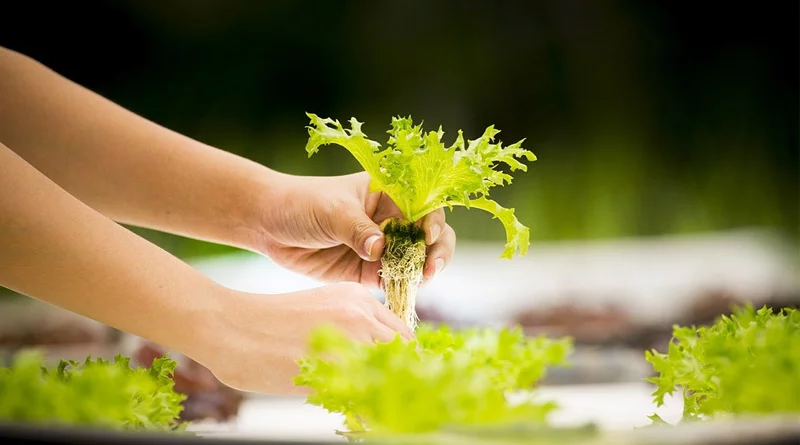No products in the cart.

Hydroponics: The Future of Sustainable Farming
In an age where agricultural land is under increasing pressure and the demand for fresh produce continues to soar, hydroponics emerges as a viable and revolutionary solution. This innovative farming method, which involves growing plants without soil, harnesses water-based nutrient solutions to foster plant growth, ensuring optimal yield and sustainable practices.
Historical Glimpse
The concept of hydroponics isn’t entirely new. The legendary Hanging Gardens of Babylon and the floating gardens of the Aztecs are ancient examples of civilizations utilizing techniques akin to hydroponics. Fast forward to World War II, hydroponics was employed to supply fresh produce to troops stationed on non-arable Pacific islands.
The Science Behind It
At its core, hydroponics is about delivering a nutrient-rich water solution directly to plant roots. Traditional soil acts as a nutrient reservoir, but in hydroponics, this function is served by the water solution. With the ability to closely control the nutrients, pH, and oxygen level, farmers can ensure plants get precisely what they need, when they need it.
Economic and Environmental Advantages
Hydroponics offers immense benefits. Firstly, it uses about 90% less water than traditional farming, addressing water scarcity issues. Secondly, it allows for year-round cultivation, independent of weather conditions. A study from the University of Arizona found that hydroponically grown crops can have up to a 50% faster growth rate than soil-grown counterparts.
Scaling the Model
While many associate hydroponics with small indoor setups, large-scale hydroponic farms are emerging globally. In Singapore, a country with limited arable land, Sky Greens, a vertical hydroponic farm, produces 1 ton of vegetables daily. This model not only boosts local production but also reduces the carbon footprint tied to long-haul transportation of goods.
Challenges on the Horizon
Despite its potential, hydroponics does face challenges. Initial setup costs can be high, and growers require a deeper understanding of plant nutrient requirements. However, as technology advances and more growers share their expertise, these barriers are gradually being lowered.
Personal Testimonies
Anna, a hydroponic farmer from New York, states, “Switching to hydroponics transformed my small urban space into a thriving farm. It’s a learning curve, but the rewards, both financially and environmentally, are immense.”
Looking Forward
As the global population continues to rise and urban spaces expand, the need for innovative farming practices becomes paramount. Hydroponics offers a glimpse into a future where farms might rise vertically in our cities, rooftops become our food sources, and every drop of water is utilized to its maximum potential.
Conclusion
Hydroponics, with its blend of ancient wisdom and modern science, is more than just a farming technique; it’s a vision for a sustainable and food-secure future. As we advance, embracing such innovations will be key to feeding our ever-growing global family.
Leave a Reply